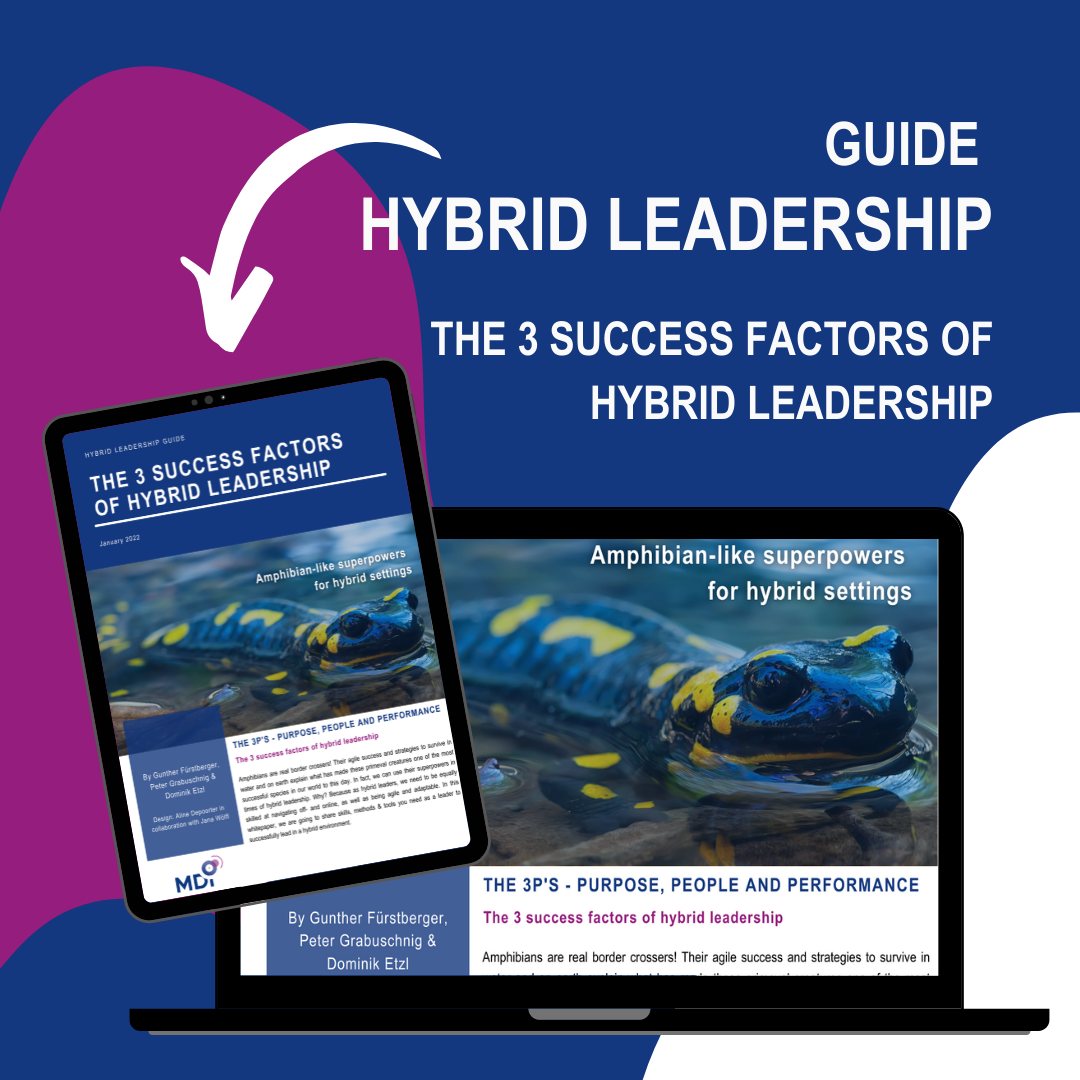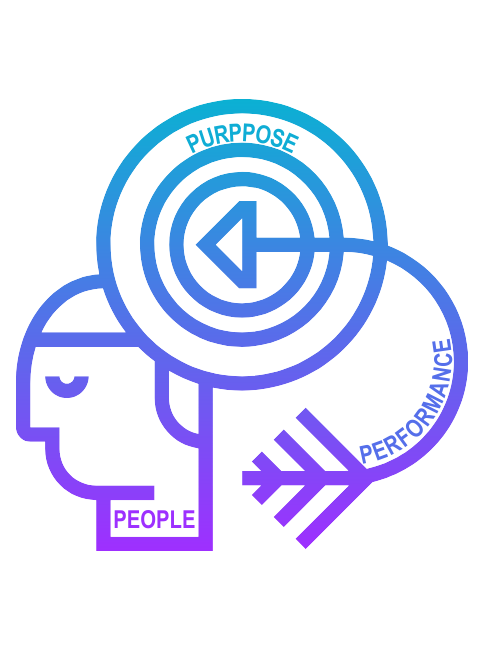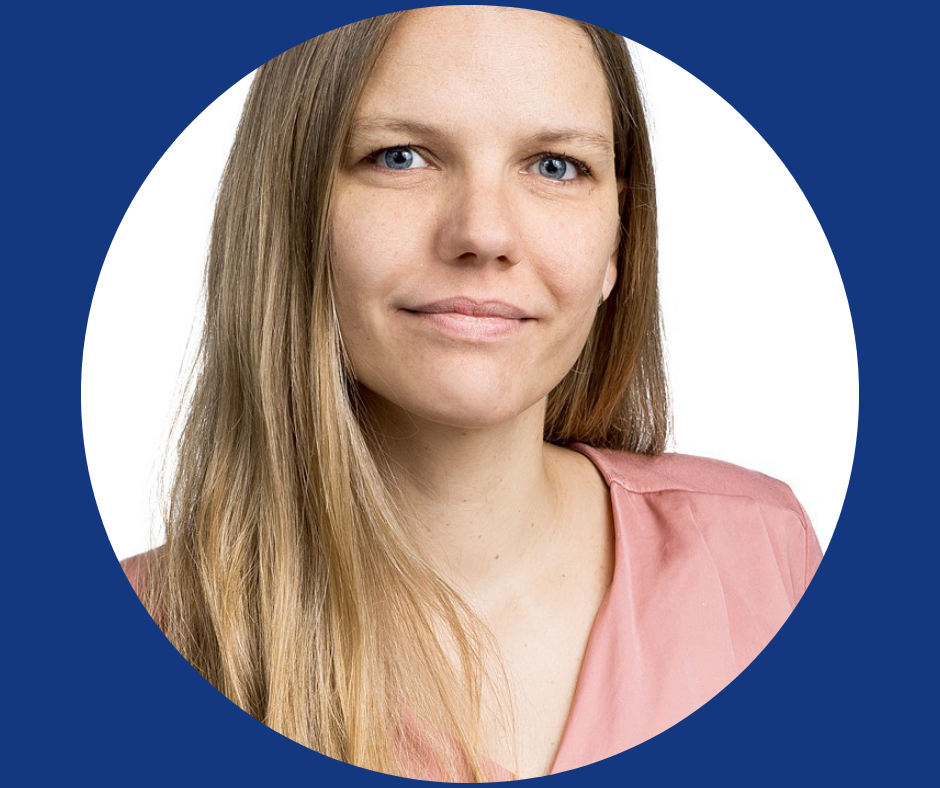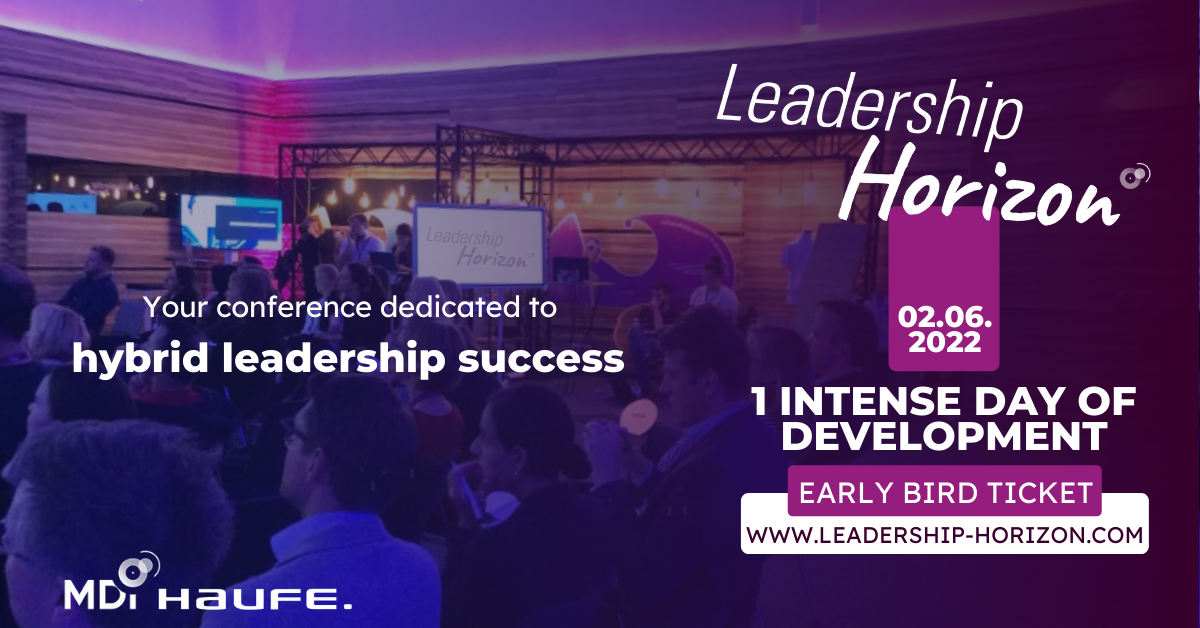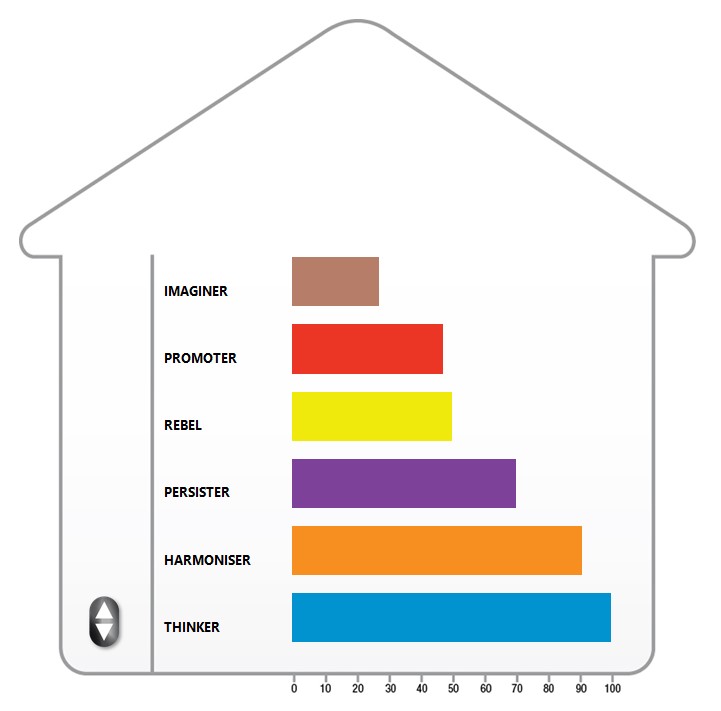
Hybrid Leadership – Making the best of both worlds
Hybrid Leadership – Making the the best of both worlds
Even though the call to return to the office is noticeable in many places, home office has come to stay. For leaders, the task is to manage and motivate teams in a mix of presence, absence and making the best of both worlds with efficient hybrid leadership
Better work-life balance
According to a recent study by telecoms company Cisco, 79 per cent of workers think their work-life balance has improved as a result of hybrid working. A total of 28,000 employees from 27 countries were surveyed. In Austria, almost half see hybrid working as the model of the future, 64 percent want to be able to choose whether they attend meetings online or offline in the future.
While at the beginning of the pandemic there was no alternative to working at home, the attitude of employees has clearly changed. And now, at the latest, the understanding of leadership must also change.
Still unfamiliar
“Surprisingly, a natural approach to leading hybrid teams is still rather the exception,”
says Gunther Fürstberger, Managing Director of MDI Training.
Mostly, for example, meetings are planned either online or in presence. “Hybrid meetings are often seen as difficult and inefficient, although it has been possible for a few years now to communicate very pleasantly and efficiently with online and present participants at the same time with little financial effort.”
The hybrid world is here to stay
There is a broad consensus that the hybrid world is here to stay. What is still lacking is the corresponding mindset. Fürstberger understands this to mean the awareness that technical possibilities should be gladly and increasingly utilised for efficiency as well as positive effects on the environment.
Hybrid Leadership Workshop
In a one-day MDI workshop, participants learn how to put the success factors of hybrid leadership “Purpose”, “People” and “Performance” into practice, but also how to strengthen togetherness and motivation despite distance.
Continue reading
Just click here to continue reading the entire (german) interview with “Die Presse”.

Mag. Gunther Fürstberger
CEO | MDI Management Development International
Gunther Fürstberger is a management trainer, author and CEO of Metaforum and MDI – a global consulting company providing solutions for leadership development. His main interest is to make the world a better place through excellent leadership. He has worked for clients including ABB, Abbvie, Boehringer Ingelheim, DHL, Hornbach, PWC and Swarovski. His core competence is leadership in digital transformation. He gained his own leadership experience as HR Manager of McDonald’s Central Europe/Central Asia. At the age of 20 he already started working as a trainer.

